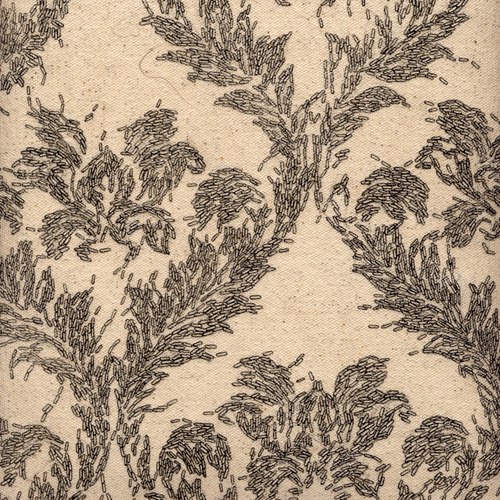15 September 2006 – 1 October 2006
Morris and Helen Belkin Art Gallery
Strange Bedfellows: UBC Master of Fine Arts Graduate Exhibition 2006
-
Abbas Akhavan
Artist -
Eryne Donahue
Artist -
Rebecca Donald
Artist -
Derek Dunlop
Artist -
Robert Niven
Artist -
Michael Euyung Oh
Artist -
Keith Wallace, Curator
Curator
Strange Bedfellows points to the diverse and distinct practices of the 2006 Master of Fine Arts graduates. This is an excellent opportunity to view the work of six emerging artists whose practices explore the mediums of video, sculpture, performance and drawing: Abbas Akhavan, Eryne Donahue, Rebecca Donald, Derek Dunlop, Robert Niven and Michael Euyung Oh. Abbas Akhavan’s four-minute video projection, August 2006, conflates terror with pleasure, the real with the imagined and destruction with beauty, as it draws the viewer through a cycle of heightened anxiety and relief. This duel signification creates a confusion out of which comes a comment on the politics of location and perception. Akhavan is a semi-finalist for the 2006 RBC Canadian Painting Competition. Eryne Donahue problematizes notions of the portrait, where the autonomous identity of real individuals and bodies is revealed and enlarged. Donahue’s use of various photographic and print media has led to a series of explorations about how humanity is represented, remembered and understood. Her approach is reminiscent of archival or mnemonic schematics that organize larger concepts and questions of human life into more manageable parts. Rebecca Donald combines drawing, painting and sculpture in her visceral works about the home. Her thin-skinned ‘towels’ are literally made by the skin that forms on top of thickly poured oil paint as it dries. The skin of the towels sags and wrinkles with age much as a person’s would. Donald’s drawings are obsessively rendered, little abstractions of rod-shaped bacteria that make up objects we take for granted in the hygienic home: a faucet, a sponge or even a large section of wallpaper. Under the obscene pressures of advanced capitalism, Derek Dunlop considers how our culture’s rage is both intensified and diffused through the celebration and destruction of the aggressive male. Dunlop considers drawing a metaphor for the process by which one can learn and internalize the subtleties of self-constitution. Drawing can be performed in agreement with the enforced institutionalization and compartmentalization of everyday life, or as a possible strategy of refutation or revolt. Dunlop works through the shifting nature of power relations in everyday life, especially in terms of masculinity, sexuality and desire. Robert Niven explores various materials and methods, finding ways to make visible conjunctions between memory, mis-recognition and metamorphosis. Niven finds materials in a state of functional limbo and gives them an absurd imitative gist, to confront viewers with recognizable objects in alternative manners. These odd encounters are meant to create a dialogue about our perceptions and preconceptions of materials, objects and forms. Michael Euyung Oh began his “ranking projects” in 1999 by reorganizing retail catalogue images of diamond rings, handguns and burial caskets according to his personal taste. For Oh, the act of making judgments to construct a value system expresses today’s utilitarian materialism and institutional discourse and is also an exercise in subjective absurdity. Oh’s latest ranking project, 100 Popular First Names is concerned with textual and lingual qualities around naming, the resonance of personal-cultural memory and fantasy and the appearance of control and determination.

Abbas Akhavan, August 2006, 2006. DVD, approx. 7 minutes. Courtesy of the artist

Eryne Donahue, Hercules (replication in spittle, magnified), 2006. Digital video, 2 min 44 sec loop. Courtesy of the artist.

Rebecca Donald, Filthy Pattern (Unidentified Germs), detail, 2006. Pen on canvas, 152.4 cm x 167.64 cm. Courtesy of the artist.

Derek Dunlop, Untitled (detail), 2006. Acrylic, oil, pencil, carbon, pen, crayon, pastel, charcoal on paper. 169.0 cm x 264.0 cm.

Robert Niven, Main and Terminal, 2006. Bird excrement in zip bag, gathered for _Cloaca_ sculpture.

Michael Euyung Oh, Gender-neutral First Names (detail of Robin), 2005. Digital print, 12.7 cm x 17.78 cm.
-
Abbas Akhavan
Artist -
Eryne Donahue
Artist -
Rebecca Donald
Artist -
Derek Dunlop
Artist -
Robert Niven
Artist -
Michael Euyung Oh
Artist -
Keith Wallace, Curator
Curator